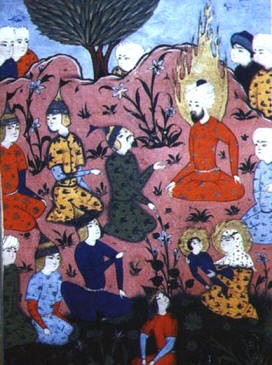The Muslim Jesus

Every couple of years I have the opportunity to teach a "special topics" course at Piedmont College—a onetime offering that may appeal to a broader audience than the regular religion courses listed in the catalog. Sometimes I choose a subject I know something about, like Christian mysticism or the Gnostic gospels. This fall I chose a subject I only half knew about: Jesus in the New Testament and the Qur'an.
It sounded like such a simple, straightforward project—promising students better information and more opportunity for critical thinking about differences between Christianity and Islam than they were getting anywhere else in their lives. First we would focus on the four portraits of Jesus in the New Testament; then we would turn to the pertinent verses of the Qur'an to get a panoramic look at Jesus. At least that was the plan when I conceived the course.
When it came time to choose textbooks, the extent of my naïveté began to dawn. Even after I had found readable books by generous Christian and Muslim scholars (including Michael Lodahl, Mahmoud Ayoub and Mathias Zahniser), it became clear that we could not adequately compare passages from the New Testament and the Qur'an without first exploring the provenance, voice, content and role of those texts in the two great faiths they represent. To skip this step would be like serving students a plate of southern fried chicken alongside a tureen of Khoresh-e fesenjan ba jujeh (Persian pomegranate stew with chicken) and asking them which one tasted better.


